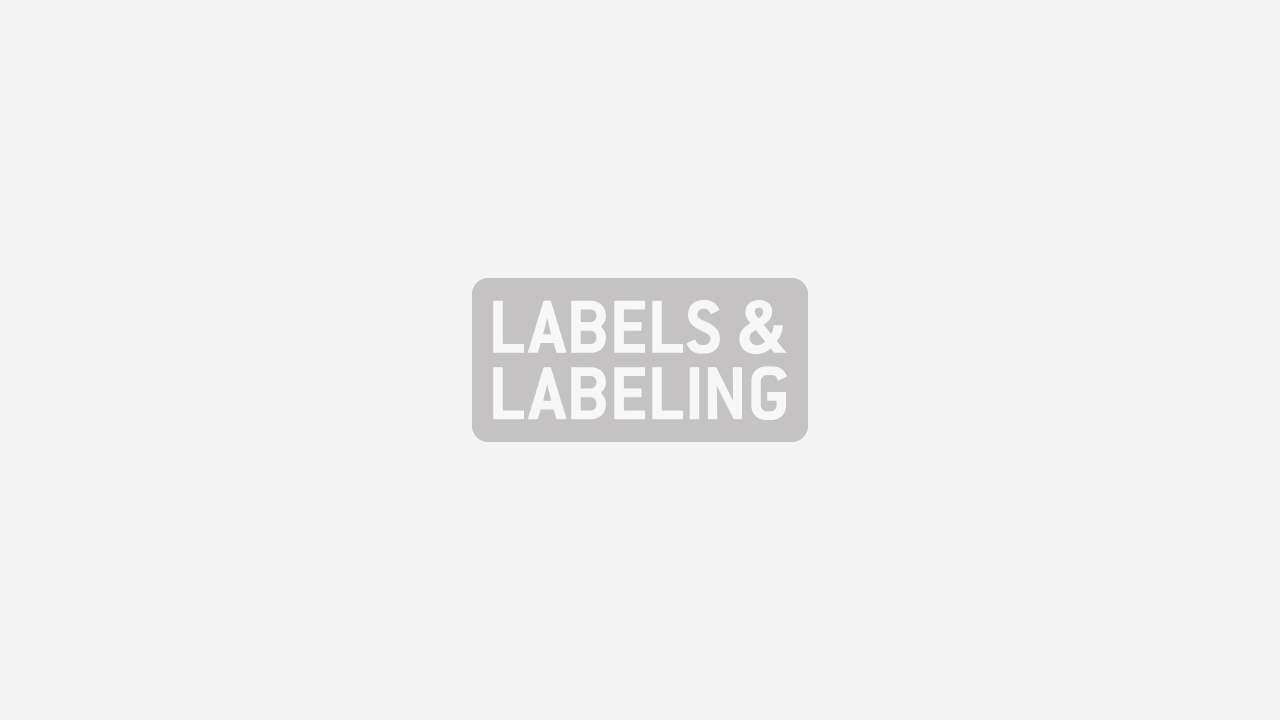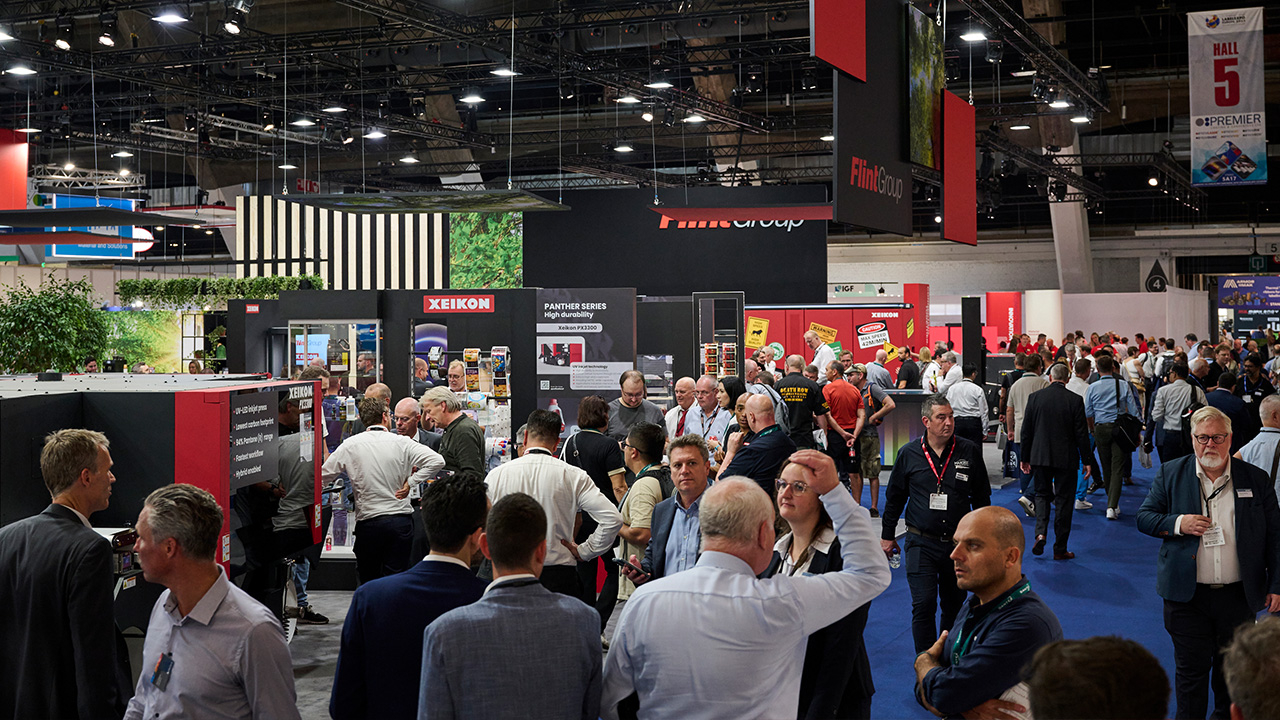Carol Houghton: Impressions from a Labelexpo debut

When I sat down in the meeting room at the Tarsus London office, group managing director Andy Thomas’s first words were ‘let me tell you about Labels & Labeling’. I was intrigued; how could there be a whole magazine dedicated to labels? To me, a label was just a label; a bit of paper stuck on a bottle of wine. Ten months and one Labelexpo later, I now realize how wrong I was – labels are everywhere, the sector is so huge it can even be expanded to ‘opportunities beyond the label’ such as package printing.
Labelexpo Europe 2011 broke previous records; 500 exhibitors occupied six exhibition halls and 28,636 visitors attended. In a world where you can’t fail to notice the struggling economy, with shops closing on every high street and businesses going into liquidation, it was refreshing to feel the buzz from exhibitors and visitors alike.
Several hundred new product launches emphasized that our industry is growing and is in a strong position to fight for the future of the label, despite the threats it might face. I am in a fortunate position: exhibitors were keen to share their knowledge with me and demonstrate the technologies they had on show. Below I have detailed a few personal highlights as well as some key trends I noticed emerging:
- Designs are becoming more elaborate as brands begin realize the power of shelf impact. Suppliers such as Manter, a manufacturer of self-adhesive materials for wine labels, are working to make graphic designers more knowledgeable about how to use products, emphasizing that the label material is part of the design. Christian Gali, Manter’s area manager, said: ‘Brands want to be different and graphic designers have a key role in this. They need to develop new solutions.’
- Legislation is becoming stricter, particularly in the pharma and food sectors, this means more labels/space is required to display the information.
- Ink migration is a huge topic.
- Suppliers are finding new ways to produce materials that do the same job, for less cost with added value such as sustainability credentials and security features.
- Consumers concerns about the environment and sustainability have seen a rise in thinner materials. ETI Converting showed its Miniliner, an ultra-thin clear PET or BOPP liner of 12 microns which is said to reduce waste and increase productivity. Whilst Avery Dennison, with the Gallus Group, launched ThinStream, whichallows the die-cutting of labels with a liner as thin as 12 microns.
- There has been a shift from paper to film labels thanks to its performance and strength benefits. Also, in terms of design, popularity of the ‘no label’ look has increased.
- The industry is continuously working to create innovative technologies that will secure the future of the label. The keynote from Jussi Vanhanen, CEO of UPM Raflatac, tackled the sensitive question: ‘does the future of self-adhesive need defending?’ His conclusion; ‘Yes, it does. Business won’t come automatically but it can. The tools are there but they need to be pushed.’
I want to continue to learn about the industry and this is only possible through good communication with those that work so hard to make the industry what it is. So please use this blog as a place to discuss your concerns for the future as well as the ideas and new product launches that will help the world of labels continue to thrive.
Carol Houghton
Editorial assistant
Labels & Labeling
Stay up to date
Subscribe to the free Label News newsletter and receive the latest content every week. We'll never share your email address.

